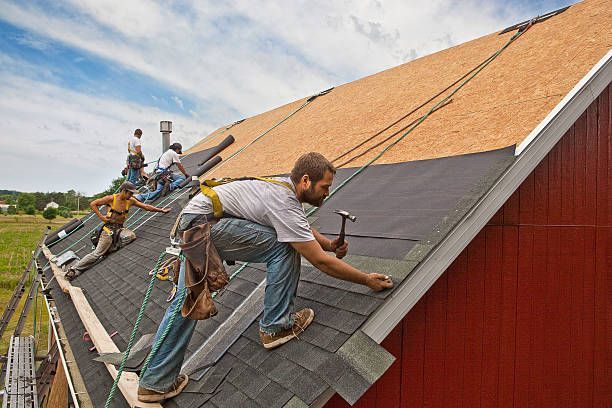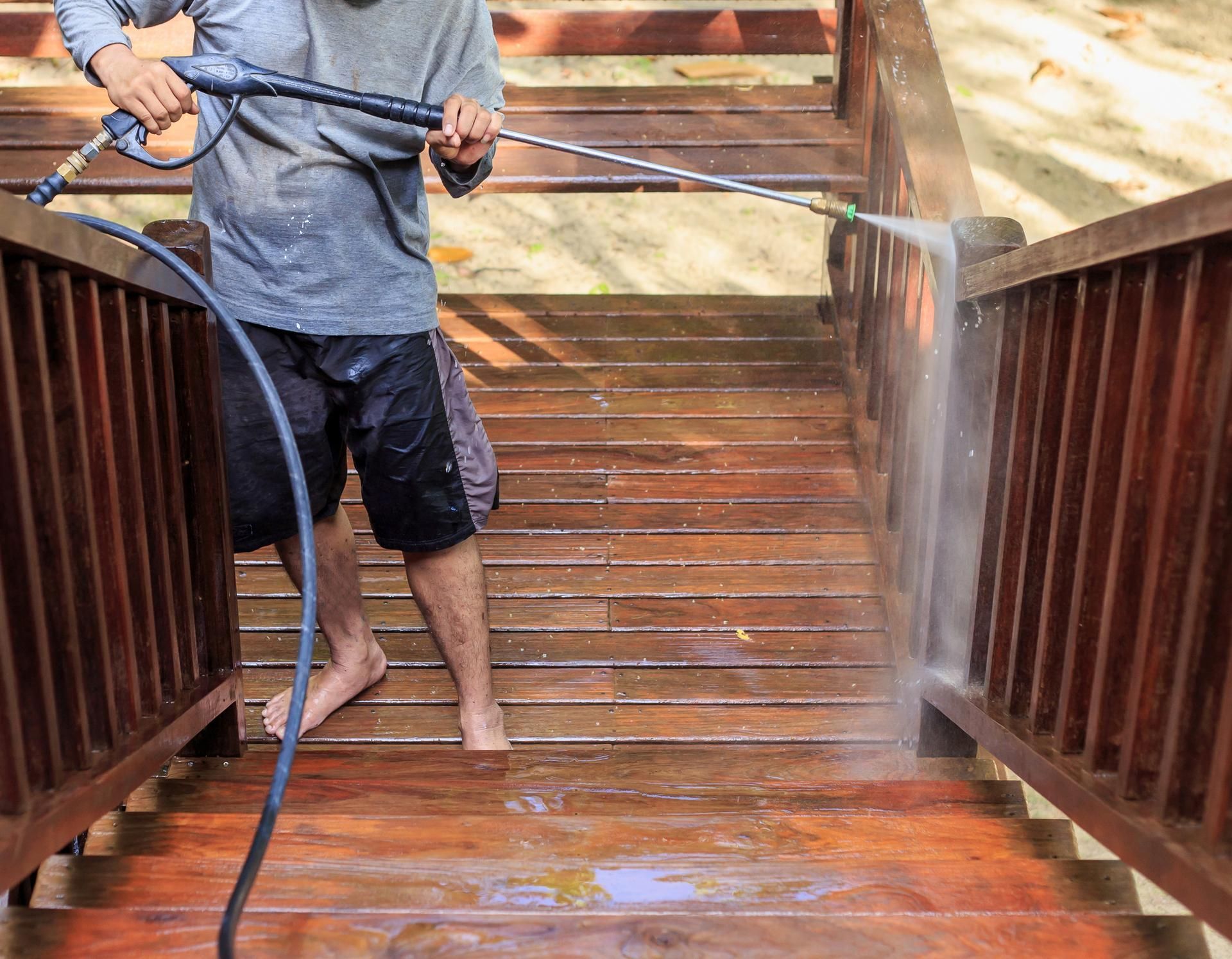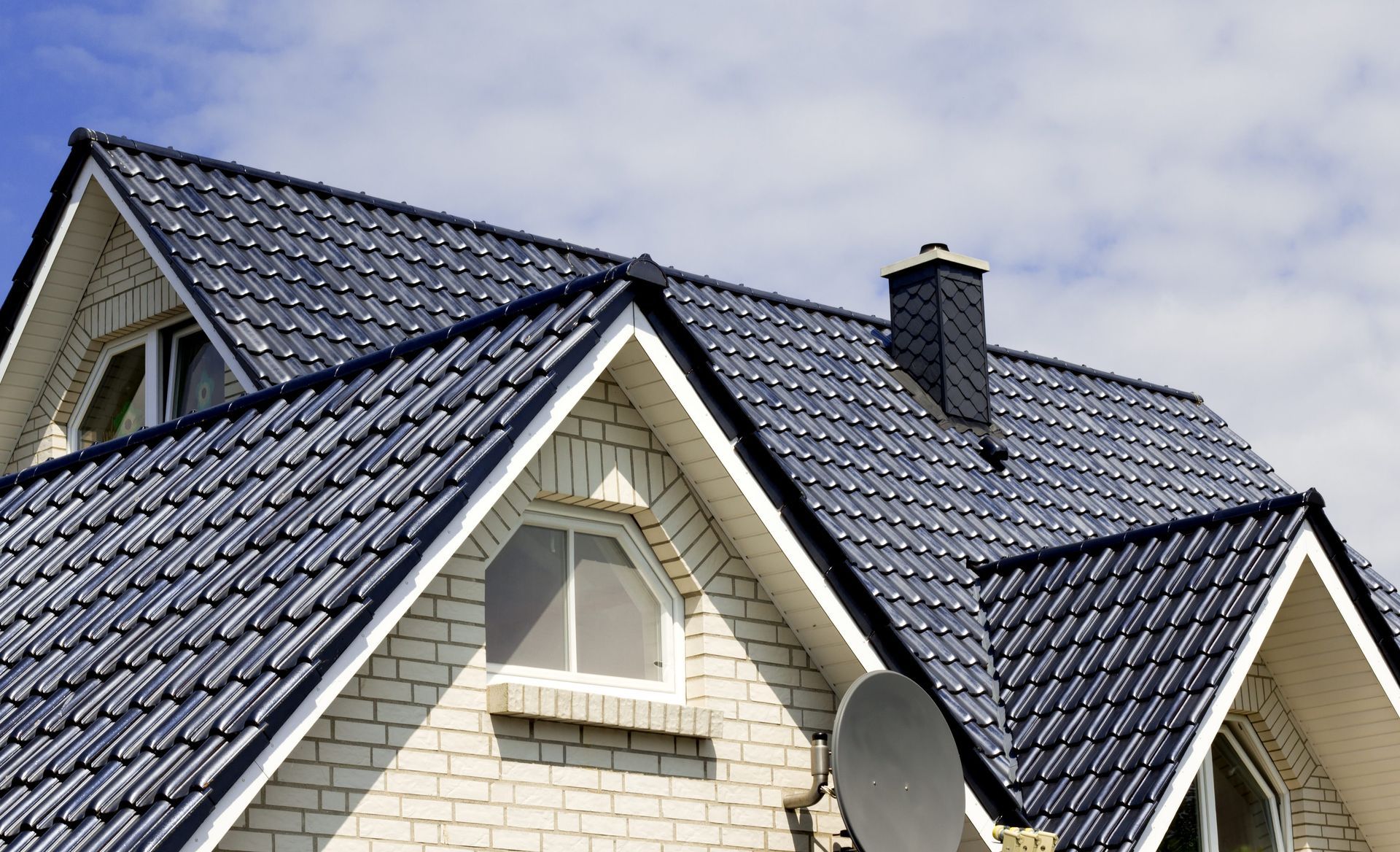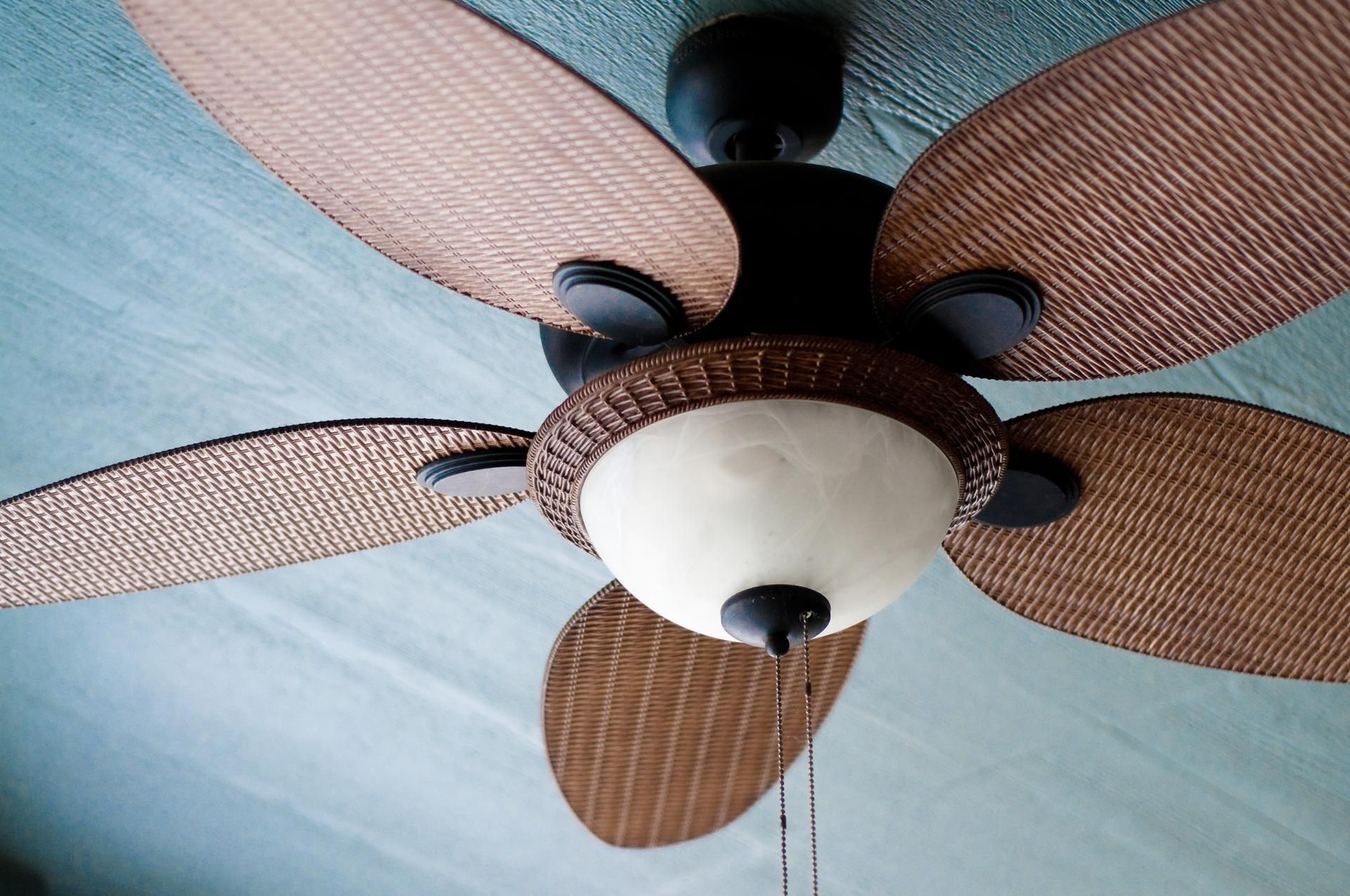A Guide to Spring Roof Maintenance
February 11, 2020
You might want to start to perform spring maintenance on your home. This time of year is the perfect time to assess your roof for any problems that occurred over the winter season. By finding and repairing any issues now, you may be able to avoid expensive problems later.

Roof Cleaning
Fallen branches, twigs and leaves, and moss can all lead to problems on your roof once wet spring weather arrives. Clean up the mess from winter to avoid these problems.
Moss and Algae
Moss and algae may not seem like a problem, but it indicates that you have a damp roof. The moss can trap this dampness against the roof and cause the shingles to degrade. Moss can also get beneath shingles and lift them, which can lead to roof leaks.
Schedule a roof cleaning each spring to remove the moss and algae growth. You can also install zinc strips beneath your shingles, which will prevent the growth of moss going forward.
Gutters
Clogged gutters will overflow once spring rain arrives, which can lead to problems like rotten eaves or water sitting near your home's foundation. Clean the gutters and downspouts each spring to remove the fallen leaves, twigs, and other debris that has collected.
This is also a good time to inspect the gutters for leaks and repair any damage.
Ventilation Inspection
Roof ventilation helps prevent all sorts of problems, such as trapped moisture in the attic and ice dams in winter.
Existing Vents
Inspect your existing attic and roof vents for any winter damage. Sometimes, winter storms bring in debris that blocks the vents. This includes the typical roof as a ridge vent as well as a couple of rooftop vents. You should also have some vent openings under the eaves.
Verify that winter storms didn't damage any of these vents. Make sure they are unobstructed, as leaves and other debris can sometimes collect and block a vent. While inspecting the vents, replace any missing screening so pests don't use vents to access your attic once animals and insects become more active in spring and summer.
Upgrades
If you notice dampness or mustiness in your attic, or if you experienced ice dam issues this previous winter, then you may not have sufficient roof ventilation. Lack of sufficient ventilation causes moisture from the house, which rises with warm air, to collect in your attic and become trapped. This trapped moisture can lead to mold, mildew, and wood rot.
A roofer can assess your current ventilation and come up with a plan to expand it to fit the needs of your home. Sometimes, a few extra vents are all you need. In severe cases, you may need an attic fan to help move the damp air out of the house.
Winter Damage
Winter storms can bring winds, snow, and ice — all things that can lead to damage to the shingles and other components of your roof. Fix these damages before the spring and summer storm seasons arrive.
Shingles and Flashing
You usually can spot shingle and flashing damage from the top of a ladder. Simply look for any damaged, lifted, or missing shingles or flashing pieces. Gravel in the gutter troughs or along the ground beneath the eaves can also indicate failing shingles.
If you spot damage, bring in a roofer to replace the problem shingles or flashing lengths. A repair now can prevent leaks and a premature roof replacement later.
Soffits and Fascia
The soffits and fascia boards make up your roof eaves. On many homes, these eaves are made from wood, which can suffer damages like cracks and rot. You can check for rotten eaves by gently probing the wood with a screwdriver to see if it is soft.
Rotten or damaged soffits and fascia need replacing before moisture seeps into your attic. Consider vinyl or aluminum replacements so you don't have to worry about rot damage in the future.
Contact
Maynor Roofing, Siding & Home Repair for more information on proper roof care.

















